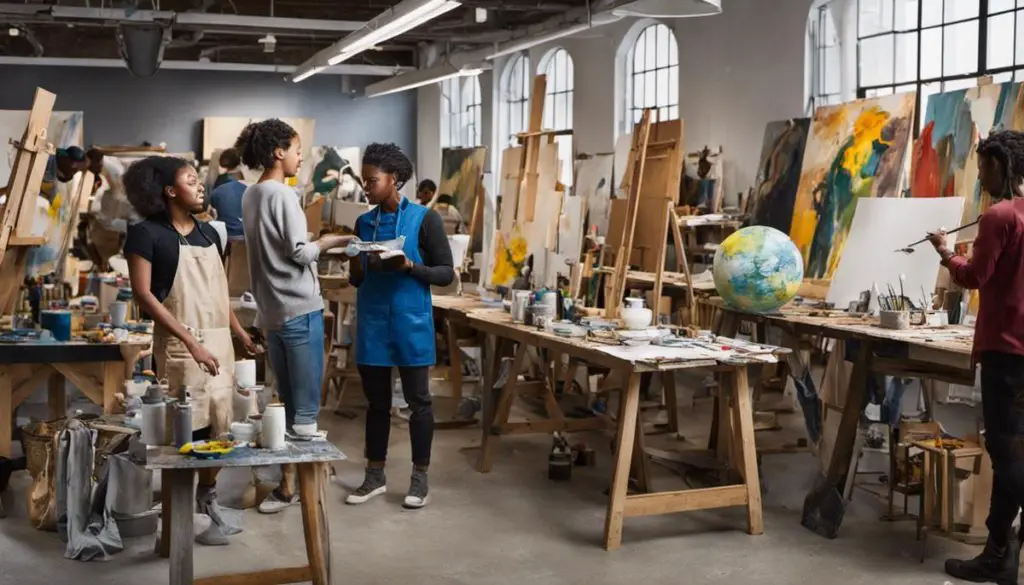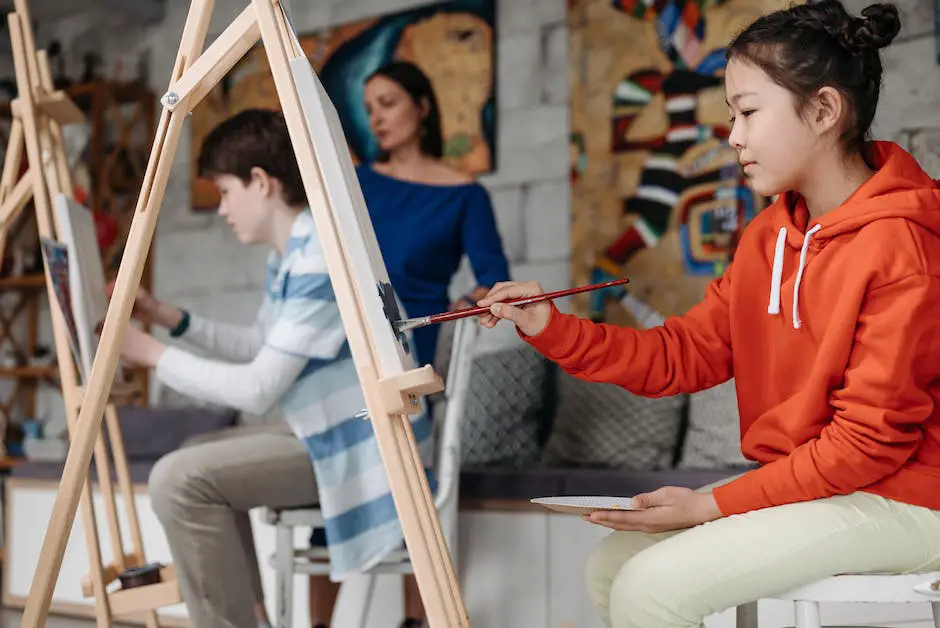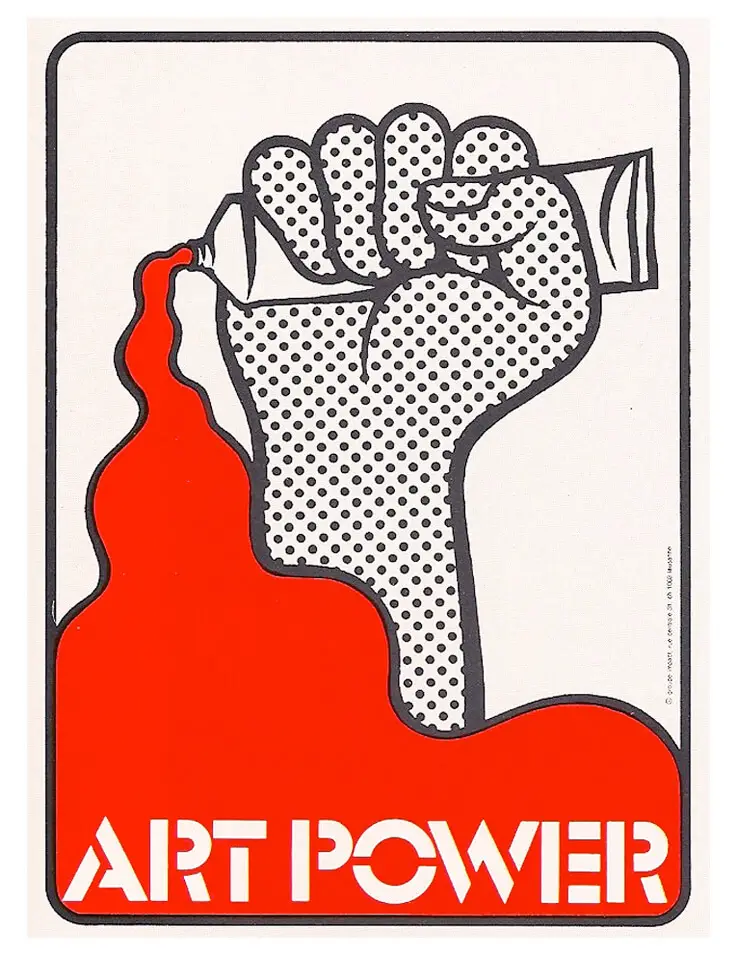Academic Analysis: Art School Rankings

Within the ivy-coated walls of academia, the pursuit of artistic enlightenment spins a web of complexities when it comes to gauging the stature of art schools. The conventional yardsticks of academic excellence prove insufficient in capturing the nuanced essence of art education. This essay unravels the intricate methodologies used for ranking art schools, with a distinctive focus on the combination of quantifiable factors with those that are intangible and often overlooked. Intertwining elements such as faculty expertise, graduation figures, funding, student satisfaction, creative ingenuity, and innovation offer insight into the elaborate process of evaluating art institutions. Furthermore, it shines light upon the significant yet subtle societal influence exerted by these schools and how it constitutes a compelling factor in their evaluation.
Methodologies of Ranking Art Schools
In the constantly evolving landscape of academic assessment, the ranking of art schools presents particular challenges. The inherently subjective nature of art calls for a finely tuned approach that balances objectively quantifiable metrics and a holistic appreciation of intangible qualitative factors such as creativity and innovation. This piece divulges the intricate methods employed to evaluate these seemingly nebulous elements, rendering them within the ordinarily rigid structures of academic ranking.
The initial factor to consider is the evaluation of student work. Typically, this involves the collection and assessment of students’ portfolios by a panel of experts. Valuation of originality, evidence of creative thinking and innovation are key focal points in this examination. Certain constants present themselves within strong portfolio submissions: visual eloquence, contextual understanding, and a clear personal vision.
The assessment procedure extends further by scrutinizing the curricula of the respective institutions. Art schools that foster an innovative and experimental environment often rank higher. This is gauged primarily through an examination of course offerings and module descriptions, probing the degree of freedom given to the students to explore and experiment with their creative ideas. Degree flexibility and a cross-disciplinary approach to course structure are also perceived as markers of an environment conducive to creativity and innovation.
Another dimension factored into art school rankings is graduate success. Success can be measured in terms of professional accomplishments in the art world, such as exhibitions, commissions, residencies, gallery representation and critical recognition. The broader impact of their work on social, economic, and cultural landscapes also feeds into this metric. Alumni who contribute to innovative and creative practices intensify an institution’s reputation for fostering groundbreaking artists.
Engagement with the industry and the wider community also serves to evaluate the calibre of an art school. Collaborations with galleries, public art commissions, and participations in art festivals showcase engagement beyond the academic sphere. This kind of exposure also offers students real-world learning experiences, nurturing their creativity and innovative capabilities.
The degree to which an art school promotes and supports research in arts is another important criterion. It is often assessed through an institution’s investment in advanced research focusing on new techniques, technologies, theories, and aesthetics in the world of art. A strong research component suggests an environment that encourages critical inquiry, a springboard for creativity and innovation.
Indeed, measuring creativity and innovation in art school rankings may seem challenging, yet the importance of these elements to art and taste cannot be overstated. Determining the ability of an institution to foster these invaluable qualities calls for an astute appreciation of art coupled with an understanding of nuanced pedagogical practices. The intertwining of these complex facets forms the essence of an efficient and comprehensive ranking system. As our understanding of creativity and innovation matures, so too must our ranking methodologies evolve.

Social Impact And Influence on Art School Rankings
In commencing the discussion on how social impact and influence factor into art school rankings, it’s imperative we note this district aspect. The extent to which art schools affect and shape society at large is becoming an increasingly important criterion in determining their standings. These impacts may manifest in numerous ways, but here, we will primarily delve into how this fascinating area of influence is objectively quantified.
Firstly, the pedagogical philosophy of an art school plays a crucial role in proffering the social influence of the institution. This includes its emphasis on fostering critical thinking, the measure of interdisciplinarity encouraged, and the commitment towards addressing current social, political, and environmental issues. An institution that encourages students to engage with these issues in their practice can claim a high level of social impact. Evidence for such impact can be gathered through the examination of course syllabi or from public recognition of the school’s pedagogical model.
Secondly, a school’s commitment towards community engagement and outreach programmes also places it favourably in this category. Programmes that allow students to interact and engage with the wider community, either through collaborative projects or public works, provide measurable impact data.
Thirdly, the visibility of the school’s alumni in public and cultural enterprises is another indicator of social impact. An assessment of the career paths and achievements of graduates can provide evidence of the school’s influence on the wider cultural sector. This could include alumni working in galleries, museums, non-profit arts organisations, cultural festivals and other public-sector roles that enrich the cultural fabric of society.
Fourthly, a school’s commitment to diversity and inclusivity delivers not just a learning environment that mirrors society, but it also champions diverse social narratives and representation. An analysis of the school’s admissions policies, scholarships, bursaries, and funding dedicated to promoting diversity can offer tangible measures of its commitment.
Lastly, the effect on local and national economies also finds its way in the purview of social impact. This is gauged through the school’s economic contributions, which include job creation, supporting local businesses, and the cultivation of creative industries that collectively strengthen the nation’s economy.
In conclusion, it is a gradual recognition that art school’s role is not confined within the four walls of a classroom; they are potent catalysts for society’s development. Hence, the integration of social impact and influence in the art school rankings provides an endeared picture of their contribution. As a result, there is an increasing demand for more nuanced, comprehensive, and multidimensional methods of measurement, keeping in step with the evolving role of art schools in society.
However, this endeavour demands a fine balance in the assessment parameters. The likability of work, the popularity of an institution or student, or even the notoriety can skew perceptions of influence and needs careful delineation. But it is undeniable that assessing an art school’s social impact and influence is instrumental in capturing the holistic impression of an institution’s standing. Therefore, an art school ranking that includes this factor becomes an insightful tool for prospective students, educators, policymakers and even the institutions themselves.

In broad strokes, the value and impact of art schools extend well beyond their academic prowess or creative output. The societal imprint they make through their graduates, community involvement, and cultural contributions underpin their true worth. While this may not always be easy to quantify, it undeniably adds a critical layer of depth to their evaluation. Just as art transcends boundaries, a dynamic and free-flowing understanding of art school rankings must be adopted. This approach cements the extraordinary role of these institutions right at the heart of societal and cultural evolution, thus painting a comprehensive picture of their significance.
Recommend0 recommendationsPublished in Art Movements







